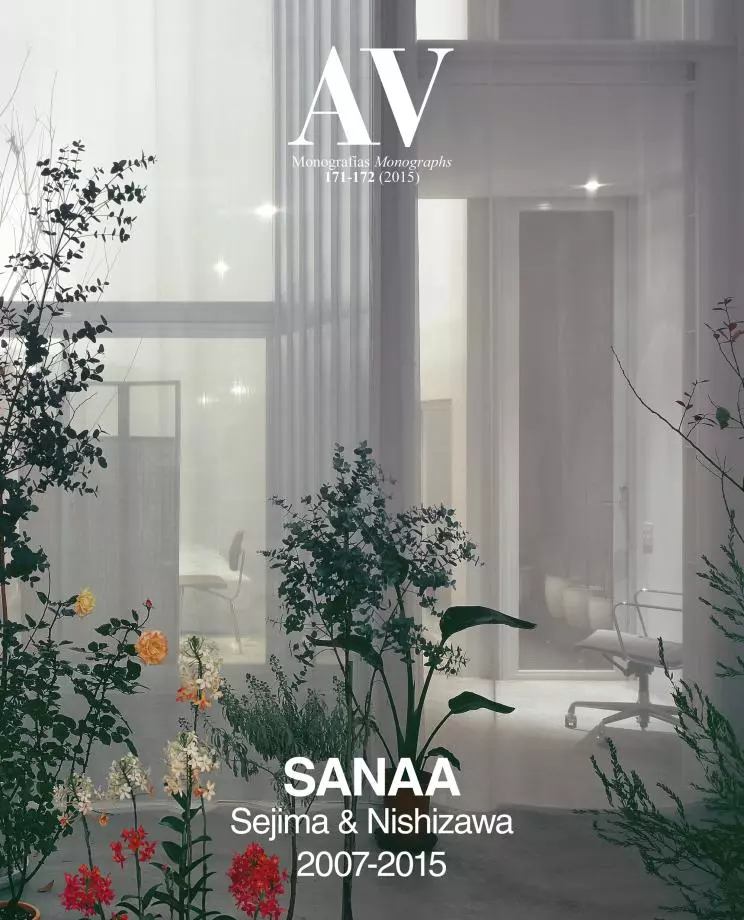Landscape-like Architecture, Verb-like Architecture

Landscape
The Parthenon is a profoundly fascinating building. There are many reasons for this, but the most important is that the Parthenon is a shrine to a god, so people do not go inside. If we think about it, this is quite interesting.
Expressed in different words, the surprise I felt before the Parthenon was also the surprise of encountering a building conceived as a landscape. The Parthenon shines with an ethereal light, and its architectural concept is communicated uniformly not only to the people engaged in restoration work, inside, but to people everywhere on the hill. The presence it projects, in this way, is totally different from that of the buildings around us recently.
The recent architecture we know so well has a facade. On seeing the facade, people go inside, and there, inside the building, they understand its architectural concept for the first time. Without entering a building, this is to say, people cannot well understand it, and without a facade, furthermore, they cannot grasp the building’s social character. The fact that a building’s interior differs in concept from its exterior is something unavoidable. The exterior of the building belongs to the city, while its interior belongs to the household. At the Parthenon, we find no such division. People sit on the rocks of the Acropolis and spend time in the building’s environment, and through this experience, they come into a conceptual understanding of the Parthenon. It is a unique building whose concept we can experience, whether or not we go inside. On discovering its character, as such, I was more than a little astonished...[+]





